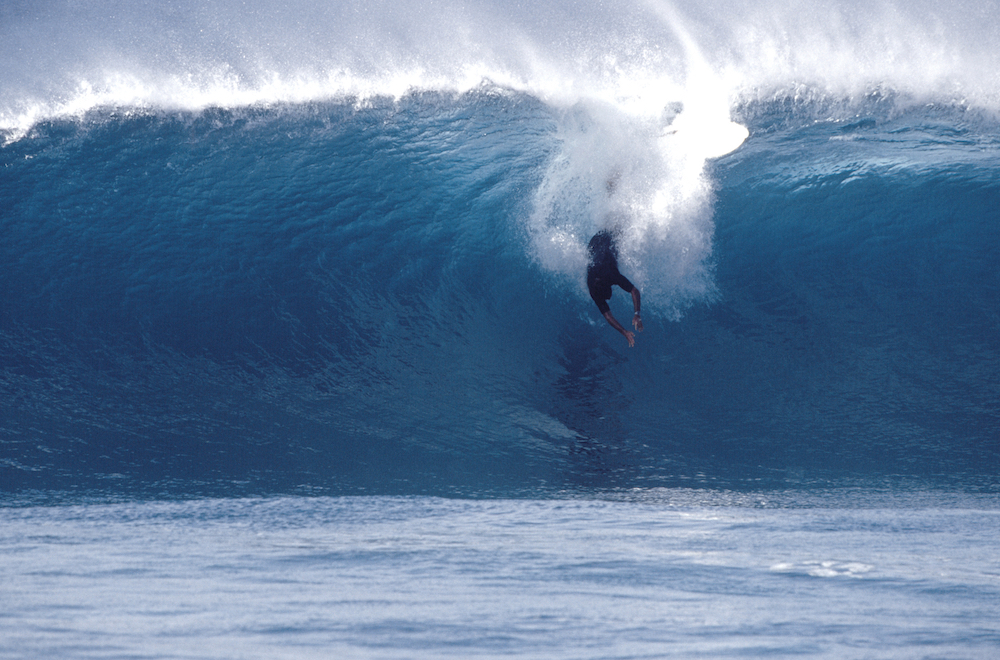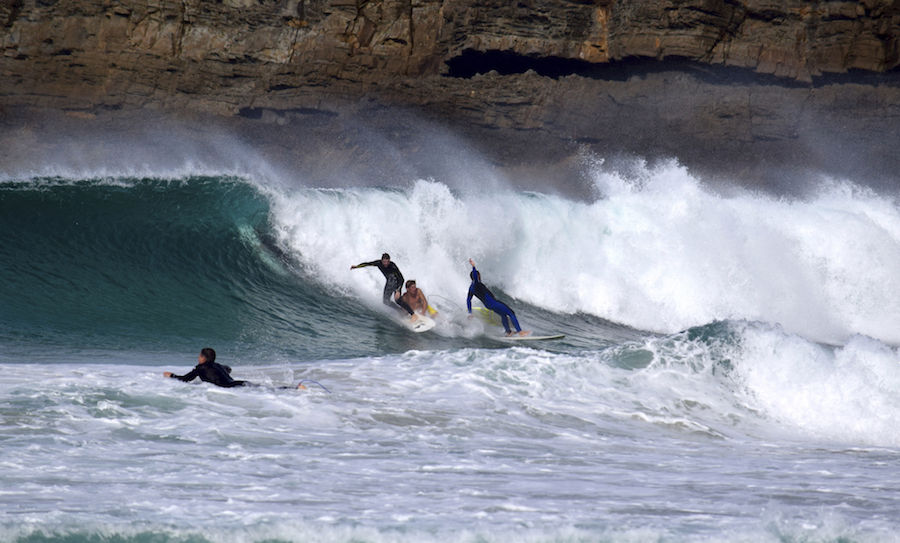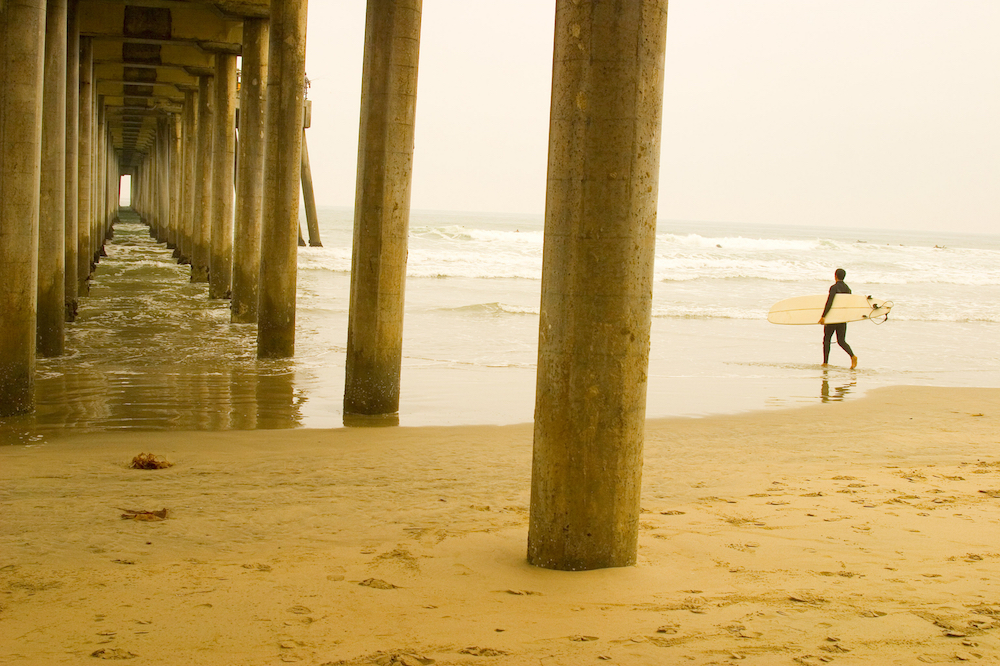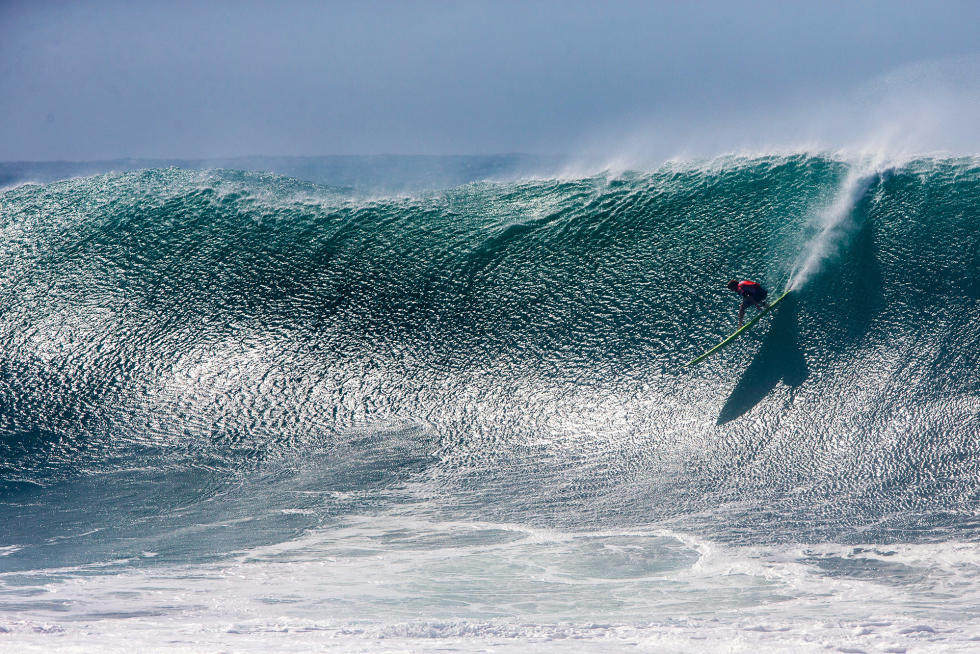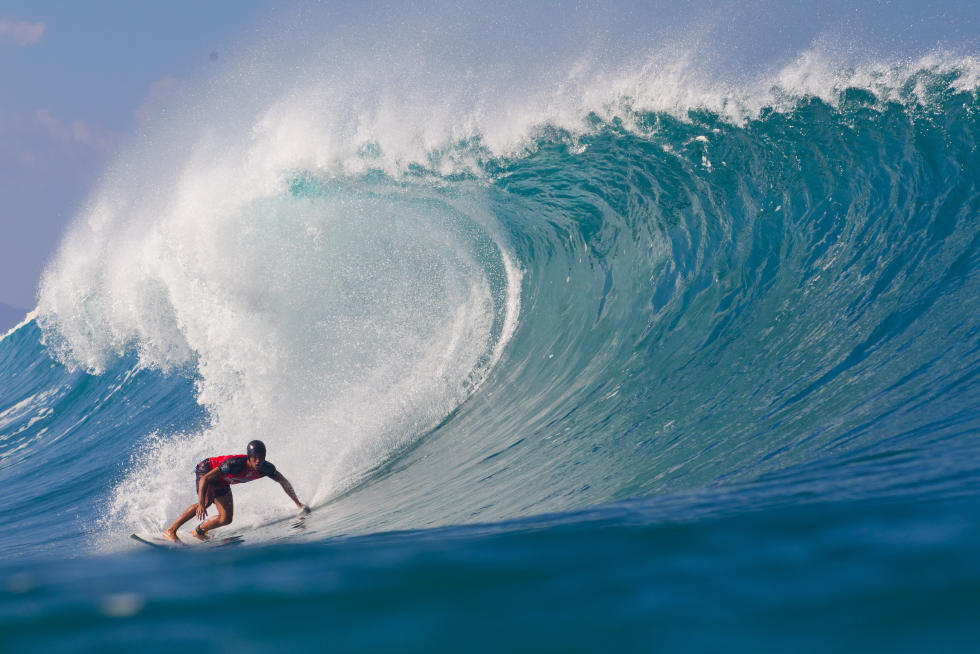The vast majority of risks you face when you go surfing can be substantially reduced, if not eliminated entirely, by a combination of awareness, basic fitness, and proper surfing equipment. There are various dangerous mistakes commonly made by beginner surfers; avoid making them yourself, and help make the line-up a safer place for everyone, by following these essential surf safety tips.
Safe Surfing Tip #1: Protect Your Head When You Fall
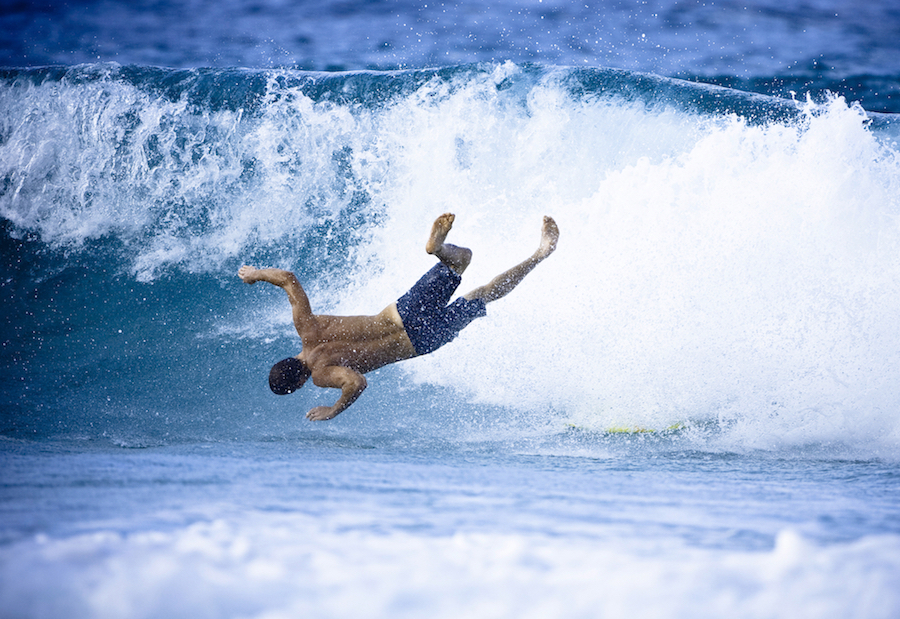
When you fall off your surfboard or “wipeout”, your first movement should be to cover your head with your arms, thus protecting it both from your surfboard, the seafloor, and other surfers. If possible, try to avoid falling headfirst, taking particular care in shallow water.
Safe Surfing Tip #2: Keep Hold Of Your Surfboard
For the benefit of other surfers in the water, keep hold of your surfboard at all times; never discard it when faced with an oncoming wave, as it could easily hit someone behind you. Likewise, avoid paddling out directly behind other surfers.
Safe Surfing Tip #3: Hold Your Surfboard To Your Side
When negotiating oncoming waves as you hold your ground against the white water, don’t place your surfboard in between yourself and the wave but keep it to your side, or you risk it hitting you in the face — a classic beginner mistake.
Safe Surfing Tip #4: Learn About Rip Currents
If you get caught in a rip current going out to sea, don’t panic, and don’t paddle directly against it but at a perpendicular angle away from it. Learn more about how rip currents work and how to deal with them here.
